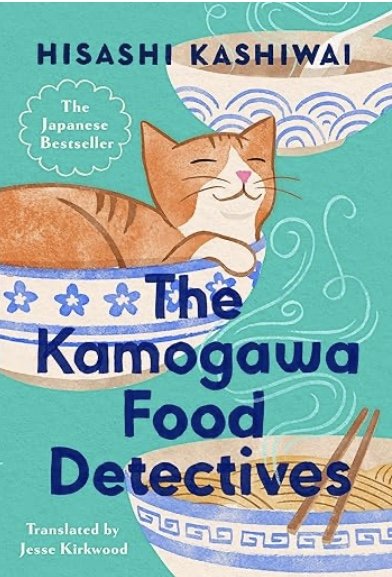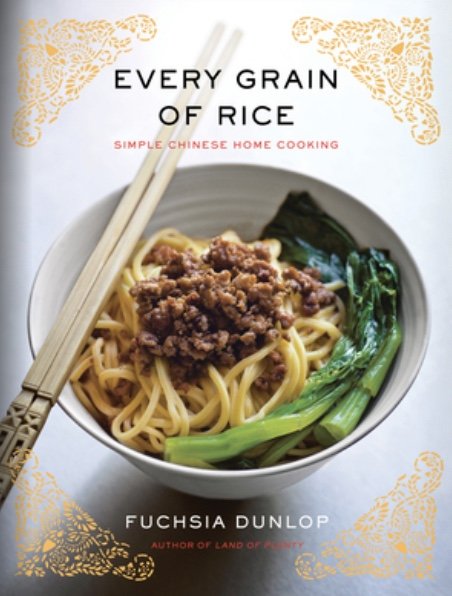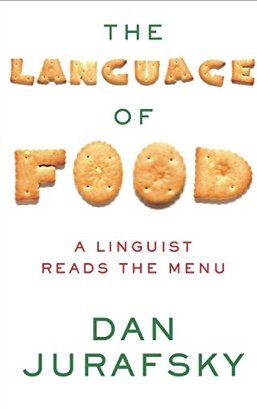The Kamogawa Food Detectives by Hisashi Kashiwai (G.P. Putnam's Sons, release date February 13, 2024)
Tucked away on a street near Kyoto’s Higashi Honganji Temple lies a hidden restaurant. No sign directs customers to it. A one-line advertisement in Gourmet Monthly gives no contact information, only two names: The Kamogawa Diner and The Kamogawa Detective Agency. For those who manage to find this place, they discover that it has no menu but the owner serves whatever food he has cooked for that day on the finest of lacquerware and Baccarat crystal plates. Clearly this is no ordinary diner.
Although the food is made from the best ingredients, what draws customers to search for this place is the detective agency. Each one of them is haunted by a dish they had in the past, with flavors they’ve been unable to replicate or find in any other restaurant and with memories they hope to relive if they can only find the exact replica, faithful in every detail.
This is what the Kamogawa Detective Agency promises its clients. After learning every piece of information that is remembered about where and when they had this food and any detail they recall about its taste and presentation, the owner scours Japan for it, tracking down every minute clue that has been given to him. If he succeeds, he charges nothing but what the client wants to give.
The stories told by the six customers in this book are charming and resonant. One man wants a simple meal that his dead wife used to make for him. A woman hopes to eat a dish she once left unfinished because her date unexpectedly proposed marriage to her as their meal was put on the table. Another hopes to restore her ex-husband’s vanished memory, stolen by dementia, if she can feed him the food that once only he was able to make. Since everyone in the world has a particular culinary memory that they would love to taste one more time, these people are ones readers can easily take to heart--but they aren’t the core of this novel.
Author Hisashi Kashiwai is a Kyoto dentist with a passion for food and the skills of a forensic kitchen detective. He is aware of every detail that makes a dish extraordinary and he divulges them all. Whether it’s the way water drawn from different regions can change flavors or how pouring tea over a helping of rice can enhance the taste, Kashiwai generously divulges these little secrets. His descriptions of the meals served in the diner or tracked down by an indefatigable expert dominate his book. If you aren’t a devotee of Japanese cuisine, you will be by the time you finish reading about all the dishes Kashiwai describes so well,
None of his choices are haute cuisine. They’re simple dishes that people eat as everyday meals but their ingredients turn them into unique culinary art. Hishashi makes the regional differences in Japanese cooking something to yearn for, along with the use of ingredients that are only available in their particular season. Slivers of taro in mackerel sushi, taro found only in a small village, elevates the flavor as nothing else can and canned meat, cooked cleverly, can rival the finest Kobe beef.
Kashiwai is also a devoted lover of Kyoto and reveals the magic of his hometown in a few quick sentences. Sprinkled among the luscious descriptions of food are quick glimpses of the gingko trees that turn the city to gold in the fall, the mountains that loom white in the winter, the courtyards filled with spring cherry blossoms, and the mists and shadows that bring mystery to the streets in the rainy season. “There was nowhere like Kyoto to make you really notice the changing of the seasons,” one client observes as he approaches the diner.
Although The Kamogawa Food Detectives is being compared to the series that was launched by Before the Coffee Gets Cold, (Asia by the Book, February 2023), Kashiwai published this two years before the Coffee series began. He’s followed it with The Restaurant of Lost Recipes, a sequel that’s not yet available in the U.S. which gives promise of a series in the offing.
More dishes? More intriguing ingredients? Sign me up for a Kyoto food tour, please, Mr. Kashiwai!~Janet Brown







